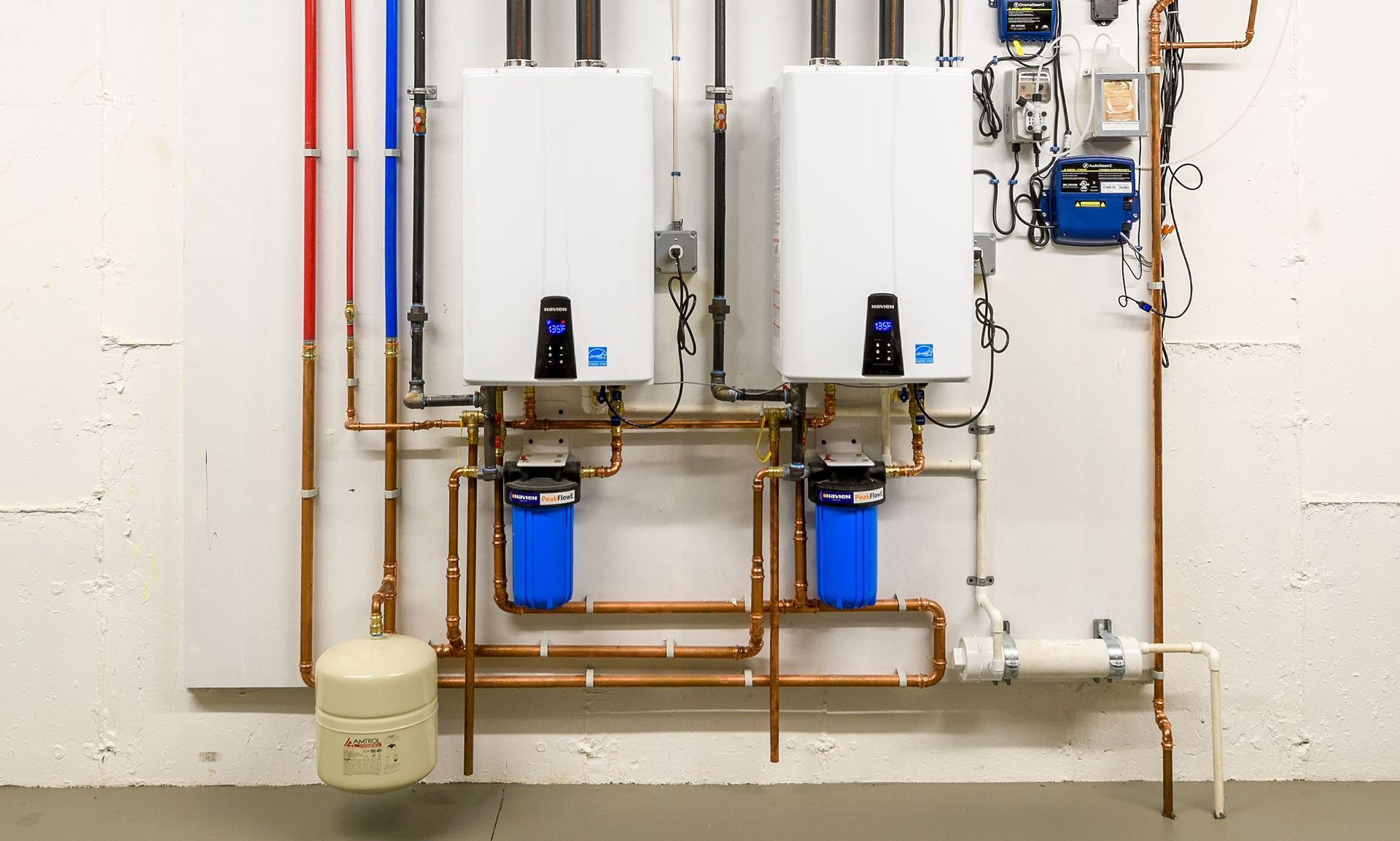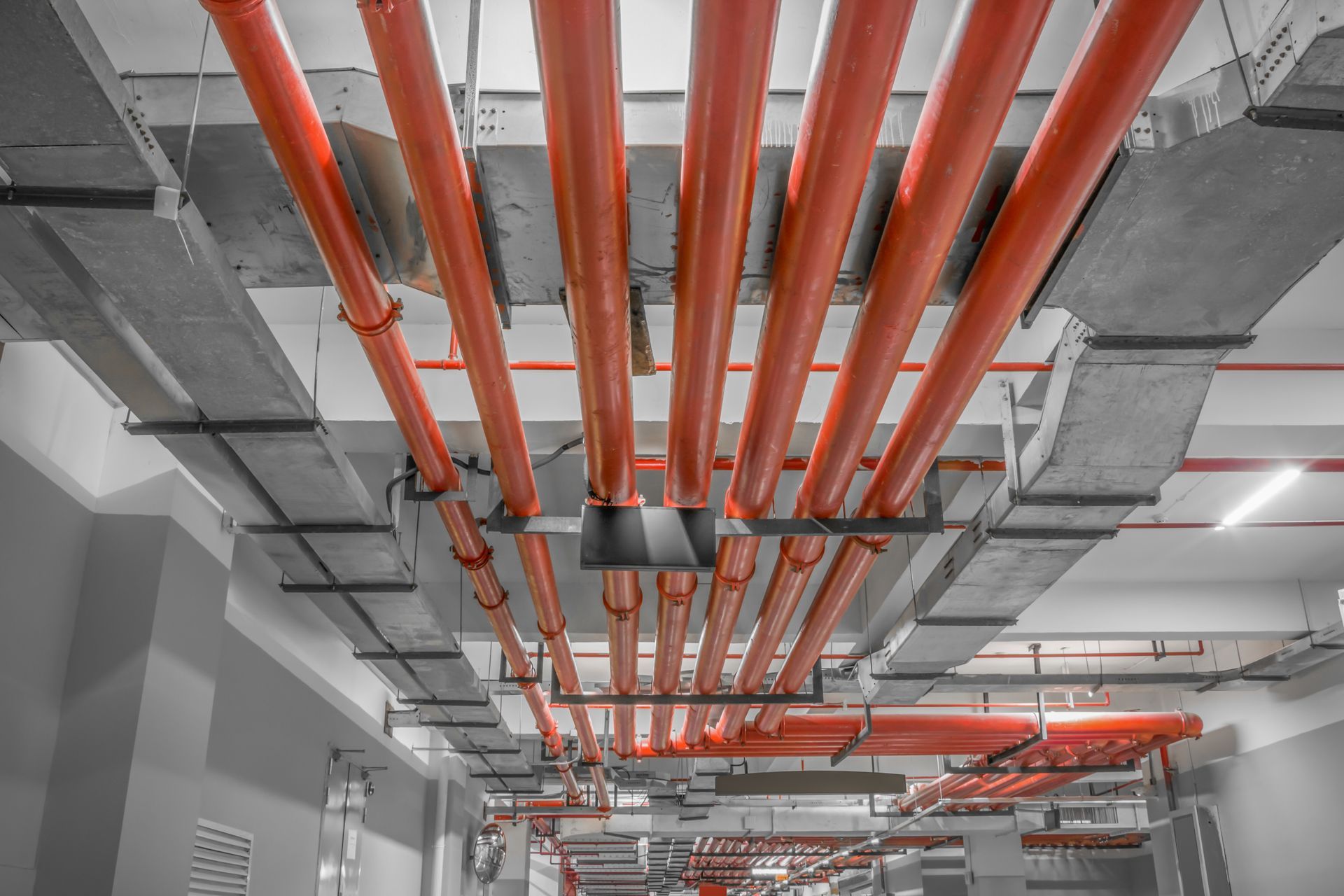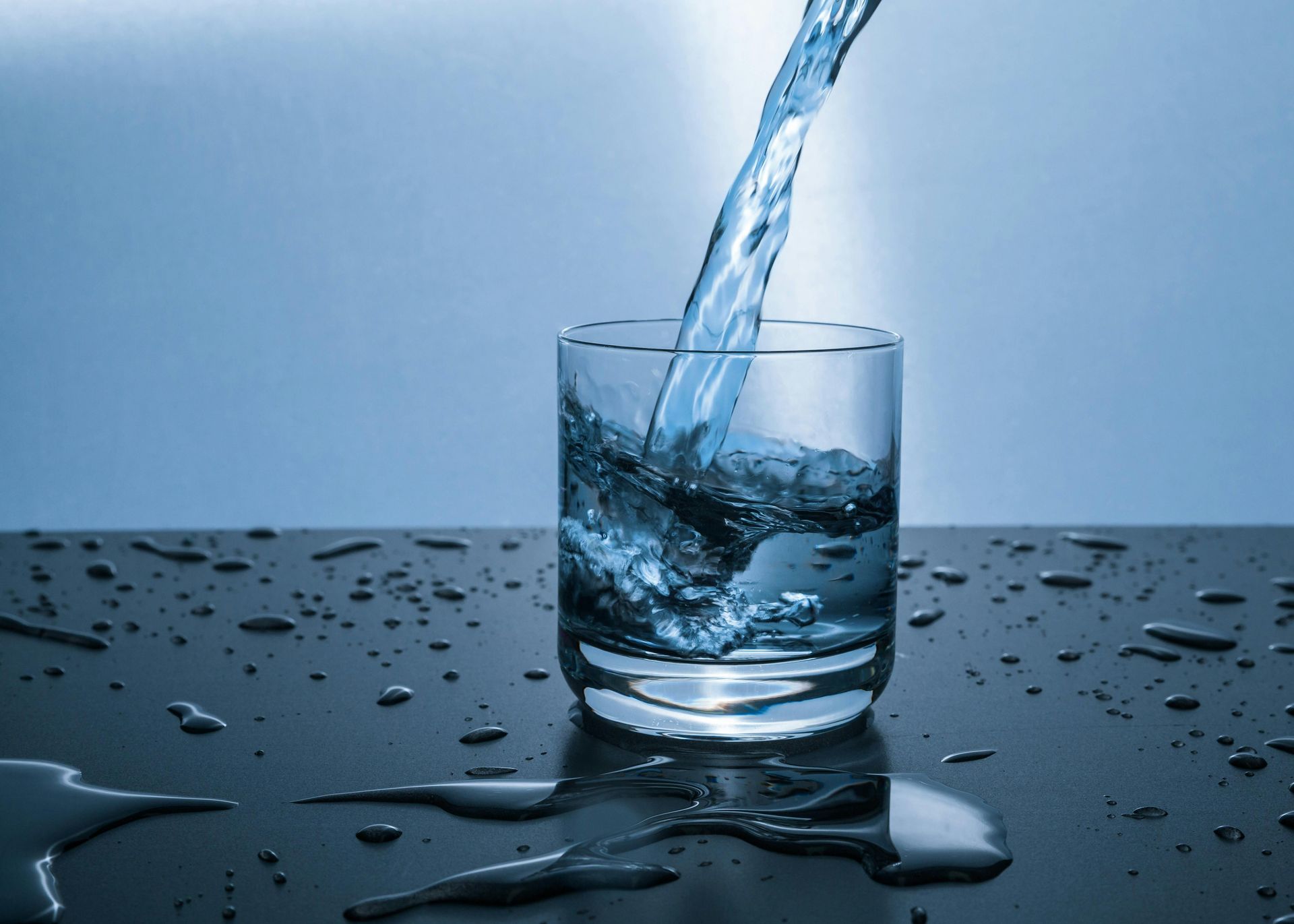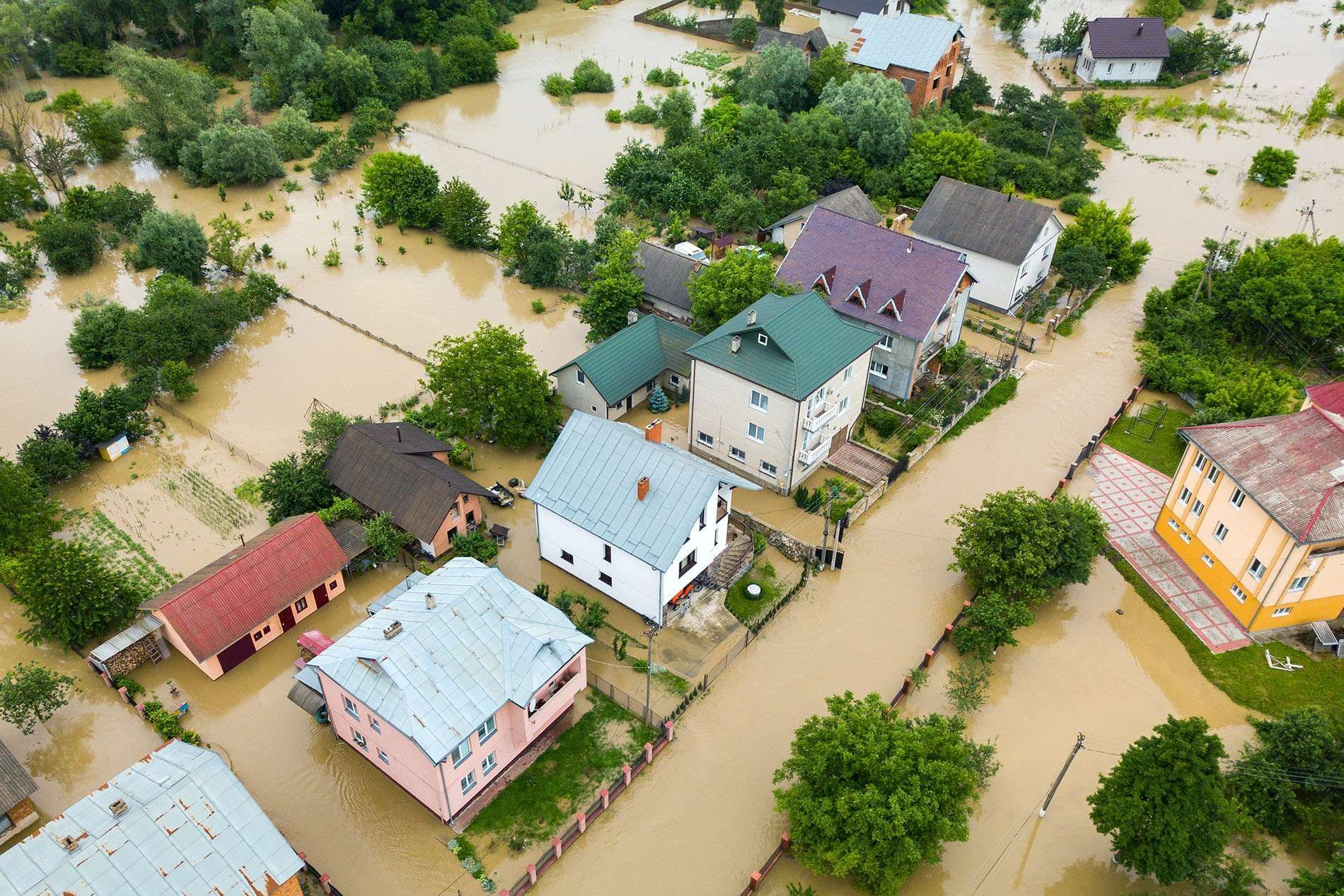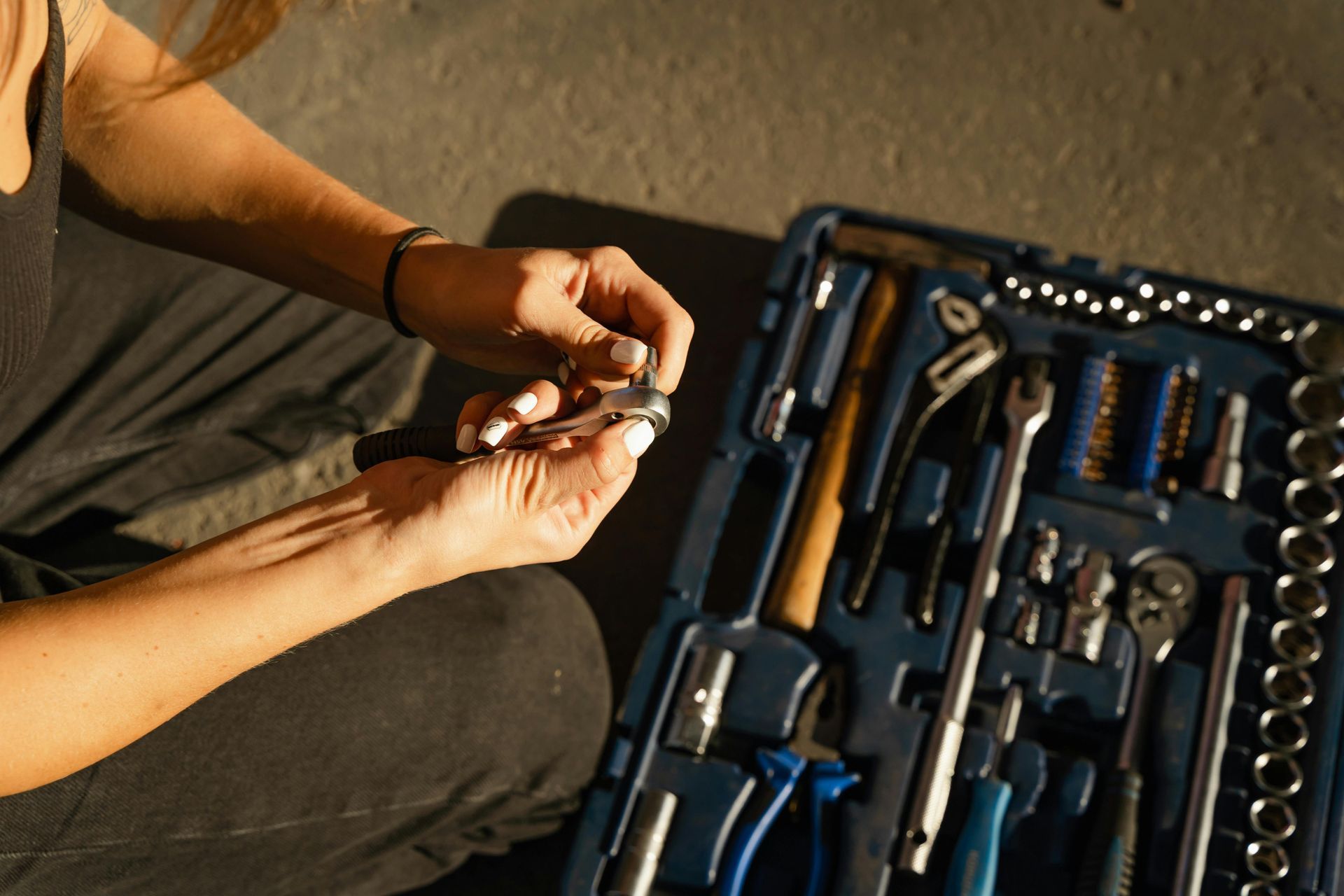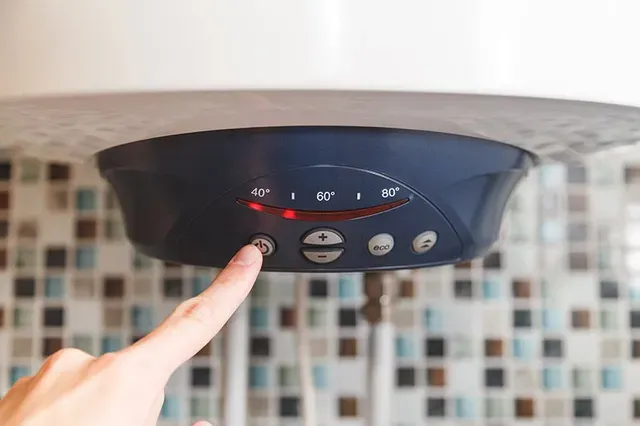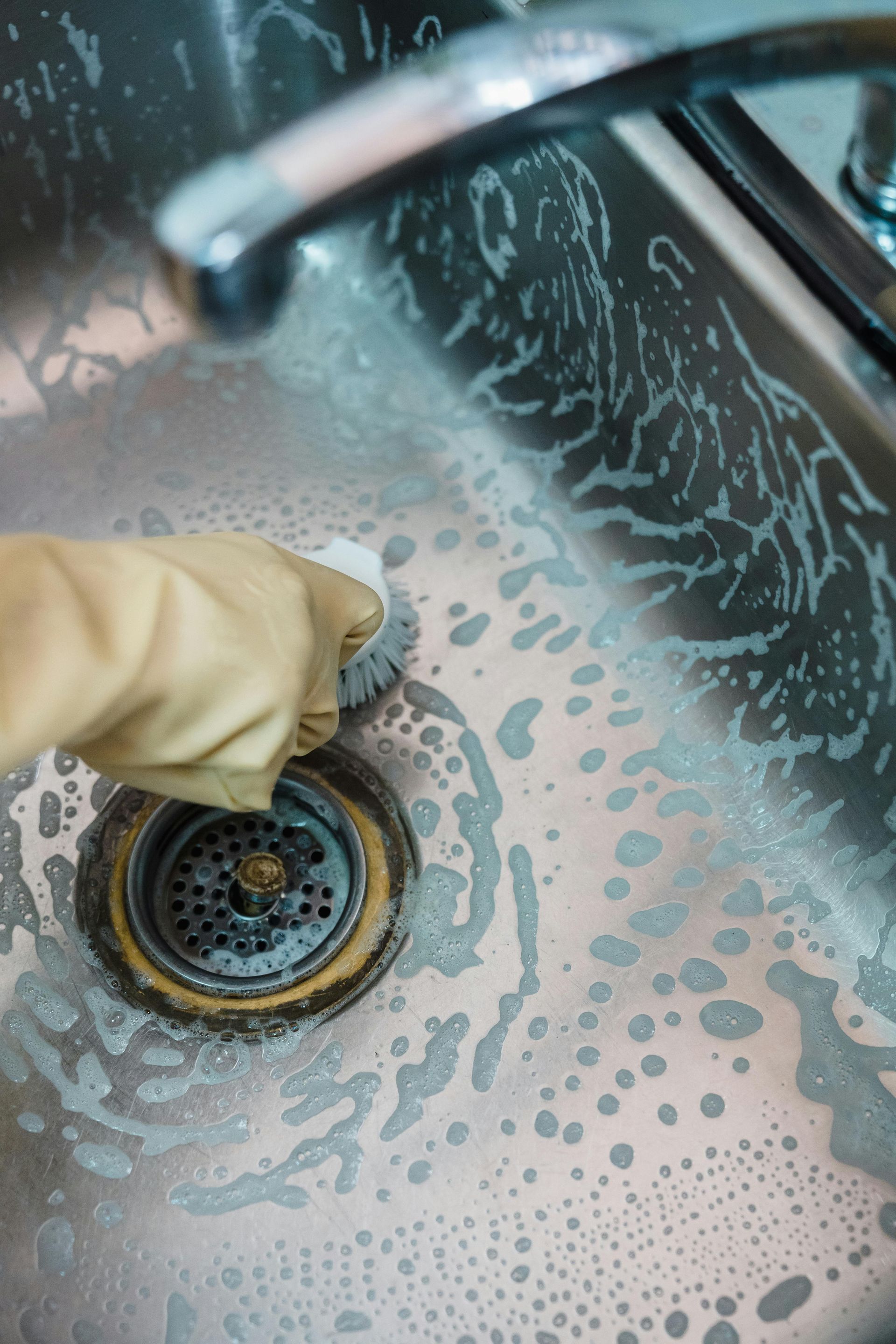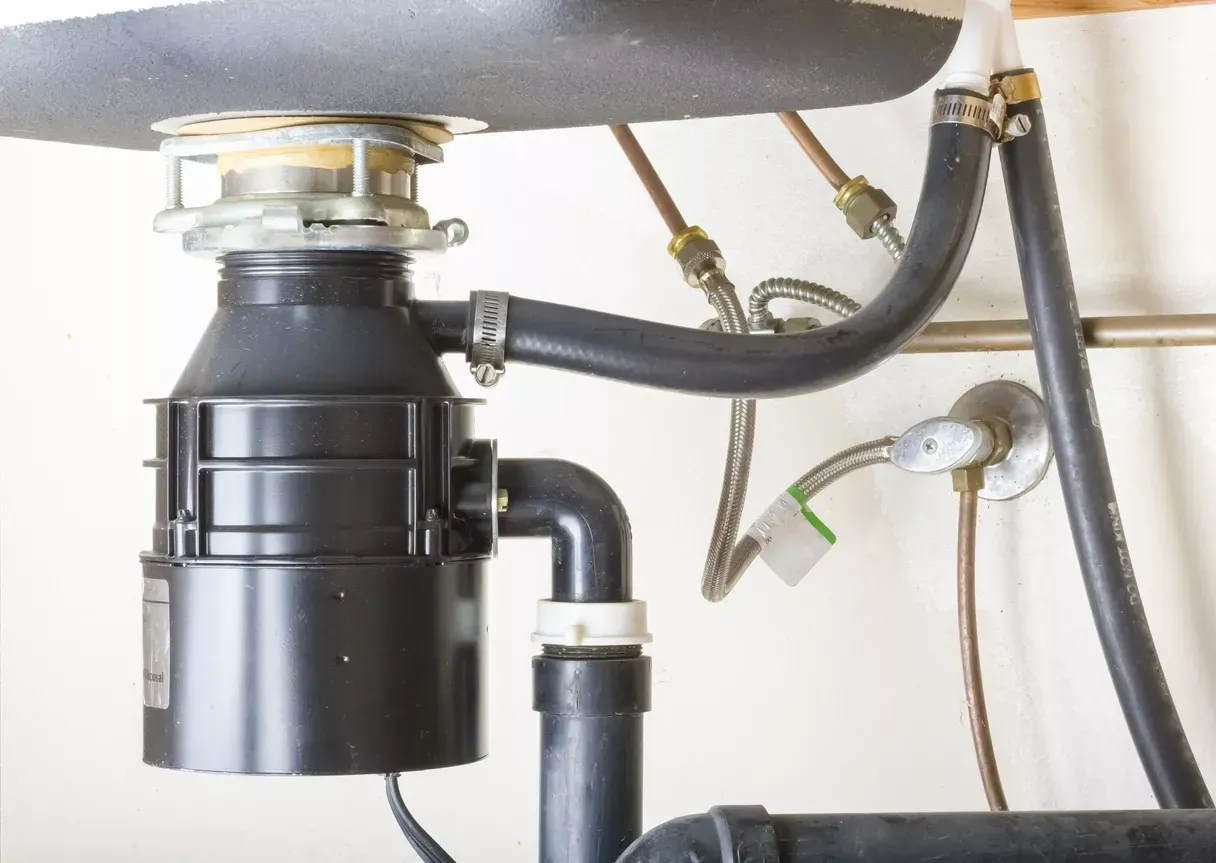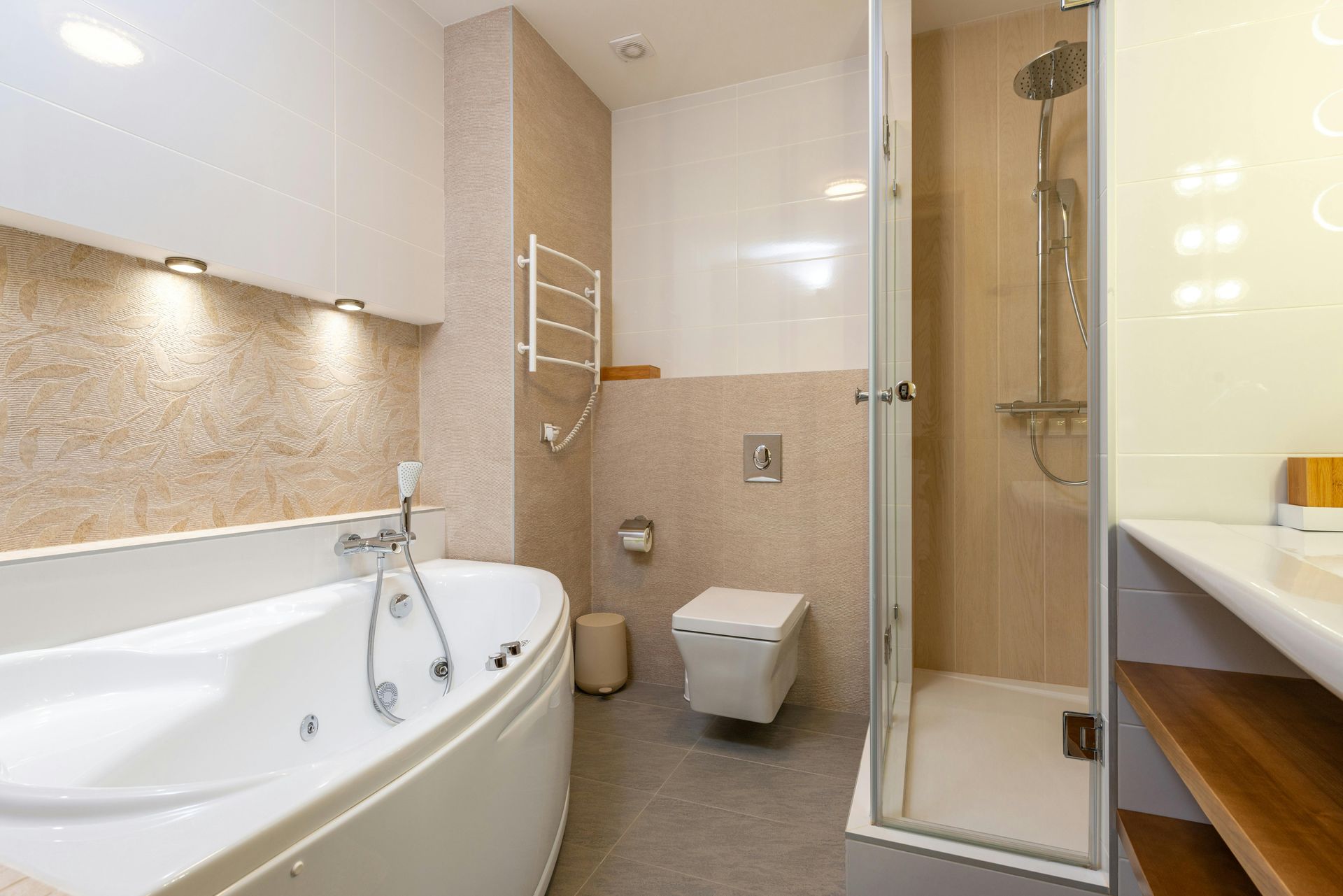How to Fix a Bathtub That Won't Drain
Dealing with a bathtub that won’t drain is a common and frustrating problem that can disrupt your daily routine. A slow-draining or completely clogged tub can leave you with standing water and unpleasant odors. Understanding why your tub water isn’t going down is crucial to addressing the issue effectively. Common culprits include hair blockages, soap scum buildup, and other debris that accumulate over time. Sometimes, more serious issues like pipe obstructions or plumbing system problems can be the cause. By identifying the root cause, you can choose the right method to unclog your tub and restore proper drainage.
Why Is My Tub Water Not Going Down?
Several reasons could explain why your bathtub water isn’t draining. Hair is often the primary suspect, as it easily gets caught in the drain, combining with soap scum to form stubborn blockages. Soap scum itself, along with mineral deposits from hard water, can build up inside the pipes, narrowing the passage and slowing drainage. In some cases, objects like small toys or bottle caps might have fallen into the drain, causing a blockage. Additionally, older plumbing systems might experience issues with tree roots infiltrating the pipes or corrosion narrowing the pipe diameter. Identifying these potential problems is the first step toward effectively unclogging your bathtub and preventing future drainage issues
.
Steps to Unclog a Tub Drain
Step 1: Clear Out Hair and Other Blockages
The first step in unclogging your bathtub drain is to clear out any visible hair and other blockages. Start by removing the drain stopper, which can usually be done by unscrewing or lifting it out, depending on your drain type. With the stopper removed, use a flashlight to inspect the drain and see if there’s any visible debris. Wear gloves and use a pair of tweezers or a drain snake to pull out as much hair and gunk as you can. This method is effective for removing the bulk of the clog and can often resolve the issue if the blockage is near the drain’s surface.
Step 2: Pour Boiling Water Down the Drain
If clearing visible blockages doesn’t completely solve the problem, the next step is to pour boiling water down the drain. Boiling water can help dissolve soap scum, grease, and other build-ups that contribute to clogs. Boil a large pot of water and carefully pour it down the drain in stages, allowing it to work for a few seconds between pours. This method is simple and effective for minor clogs but be cautious if you have PVC pipes, as boiling water can potentially damage them. Always pour slowly to avoid splashing and burns.
Step 3: Use Baking Soda and Vinegar
For a natural and effective way to tackle more stubborn clogs, you can use baking soda and vinegar. Start by pouring about a cup of baking soda down the drain, followed by a cup of white vinegar. This combination creates a fizzy chemical reaction that helps break down the clog. Let the mixture sit for at least 15 minutes, then flush it out with boiling water. This method is not only effective but also environmentally friendly, making it a great option if you want to avoid harsh chemical drain cleaners.
Step 4: Use a Wire Coat Hanger
If the clog persists, a wire coat hanger can be a handy tool to reach deeper into the drain. Straighten out a wire coat hanger, leaving a small hook at the end. Carefully insert the hook into the drain and fish around to catch and pull out the blockage. This method can be particularly effective for retrieving hair and other debris that’s lodged further down the pipe. Just be gentle to avoid damaging the pipes or pushing the blockage further down.
Step 5: Get the Plunger
A plunger can be very effective for dislodging stubborn clogs. Ensure there’s enough water in the tub to cover the bottom of the plunger. Place the plunger over the drain and push down firmly to create a seal, then pump the plunger up and down vigorously. The pressure and suction can help break up and dislodge the clog, allowing it to be flushed away. This method works best for clogs that are closer to the surface and can often resolve the issue quickly.
Step 6: Try a Plumbing Snake
For more persistent clogs, a plumbing snake, also known as an auger, might be necessary. Insert the snake into the drain and turn the handle to extend it further into the pipe. When you feel resistance, it means you’ve reached the clog. Continue to turn and push the snake to break up or hook onto the blockage, then pull it out. This tool can reach deep into the pipes and is very effective for clearing stubborn clogs that other methods can’t handle.
When to Call a Professional
Sometimes, despite your best efforts, a clog might be too severe or complicated to handle on your own. If you’ve tried all these methods and your bathtub still won’t drain, it might be time to call a professional plumber. Persistent issues like slow drainage, recurring clogs, or unpleasant odors can indicate deeper problems within your plumbing system. A professional can provide a thorough inspection, diagnose the issue, and use specialized tools to resolve the problem efficiently. It’s always a good idea to seek professional help to avoid causing further damage to your pipes.
Conclusion
Dealing with a clogged bathtub can be a hassle, but with the right approach, you can fix the problem and restore proper drainage. Start by identifying the cause of the blockage and use these steps to tackle it effectively. From clearing out hair and debris to using natural solutions like baking soda and vinegar, there are several methods to try before resorting to chemical drain cleaners. Regular maintenance, such as using a hair catcher and avoiding the buildup of soap scum, can help prevent future clogs. Remember, if the clog persists despite your best efforts, calling a professional plumber can ensure the issue is resolved safely and effectively. Happy unclogging!
